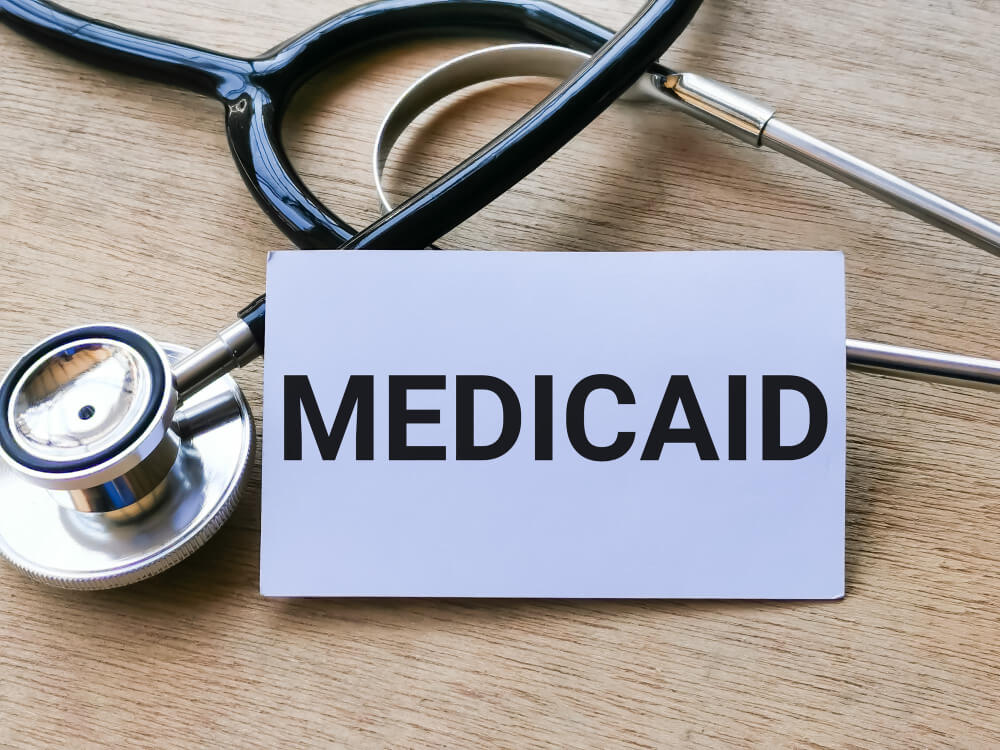A Guide to Access Low-income Dental Care with Medicaid

Dental care can be expensive and a struggle for those with limited financial resources. However, if you are a low-income individual, you may be eligible for dental coverage through Medicaid. Medicaid is a government-funded program that provides health insurance for those who are low-income or have limited resources. This insurance can cover various medical services, including dental services. In this article, we will guide you through the process of using Medicaid to access low-income dental care.
Eligibility Requirements
The eligibility requirements for Medicaid vary from state to state. However, in general, Medicaid is designed to help those who are low-income, disabled, or elderly. You can check if you are eligible for Medicaid by visiting your state’s Medicaid website or contacting your local Medicaid office. Some states have expanded Medicaid under the Affordable Care Act, which means that more people may be eligible for coverage.
Dental Services Covered by Medicaid
Medicaid covers a range of dental services for children and adults, including preventive care, diagnostic services, and emergency care. In some states, Medicaid also covers more extensive procedures such as fillings, extractions, and root canals. However, it’s important to note that the specific dental services covered by Medicaid vary from state to state. You can find out which dental services are covered in your state by visiting your state’s Medicaid website or contacting your local Medicaid office.
Finding a Medicaid Provider
To find a Medicaid provider in your area, you can visit your state’s Medicaid website or use the provider directory on the Medicaid website. This directory allows you to search for dental providers in your area who accept Medicaid. When searching for a provider, be sure to check if they accept new patients and if they have experience working with Medicaid patients.
Making an Appointment
Once you have found a Medicaid provider that you like, you can make an appointment by calling their office. It is important to bring your Medicaid card with you to your appointment, as well as any other insurance cards you may have. Be sure to ask the provider if they have any special requirements or forms that you need to complete before your appointment.
Getting the Most Out of Your Medicaid Coverage
To get the most out of your Medicaid coverage, it is important to understand your benefits and take advantage of preventive care services. Regular preventive care, such as cleanings and check-ups, can help keep your teeth and gums healthy and prevent more serious and expensive dental problems from developing. Additionally, be sure to ask your provider about any discounts or special offers they may have for Medicaid patients.
In conclusion, Medicaid can be a valuable resource for those who need low-income dental care. By understanding your eligibility requirements, the dental services covered by Medicaid, and how to find and make appointments with Medicaid providers, you can take advantage of this important resource and access the dental care you need.

Leave your comment
You must be logged in to post a comment.